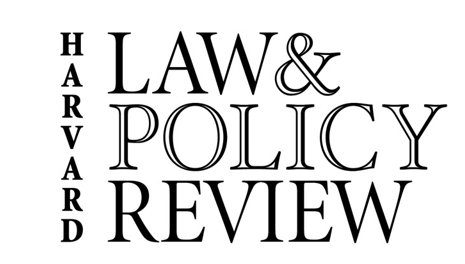By Michael Pierce* Both the 15th Amendment and 1965 Voting Rights Act are crucial tools for protecting citizens' right to vote, but it's important to remember that they set a floor: progressive states shouldn't celebrate their not making it more difficult to vote. Instead, they should be asking themselves how they can make it easier. The answer to that question lies in the Pacific Northwest. By the time the 2016 elections are underway, the Oregon government will have mailed voters their …
Continue Reading about The Pioneer in the Pacific Northwest: How Oregon Makes it Easy to Vote →
